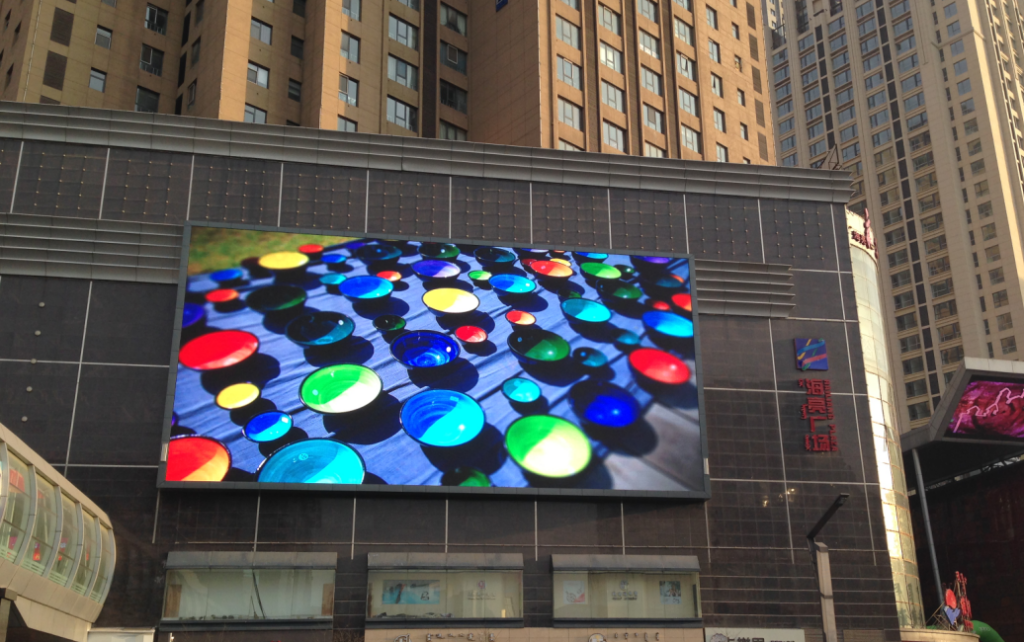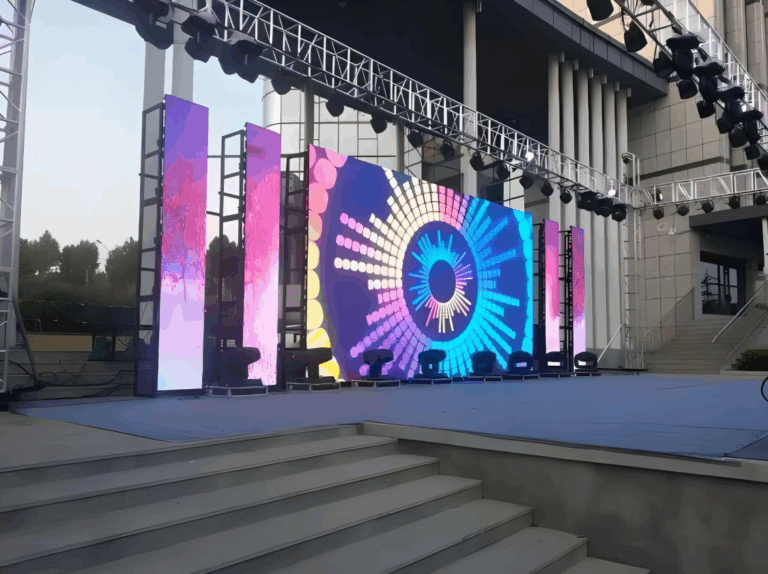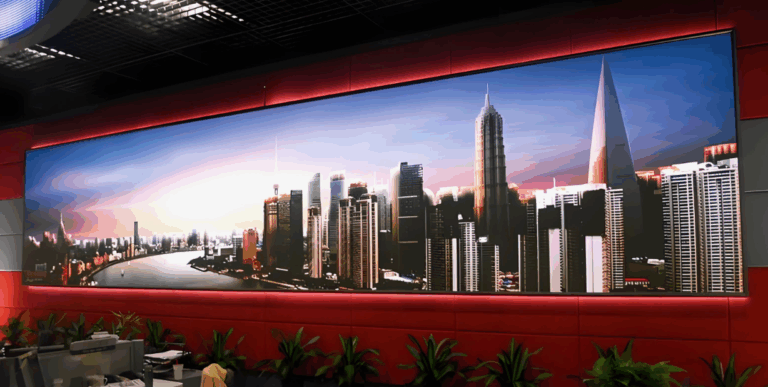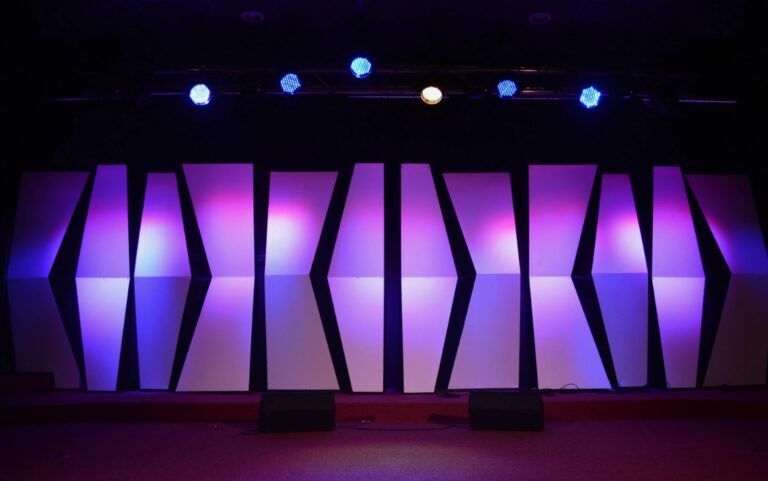As an emerging media and information release platform, LED display is increasingly widely used, including commercial advertising, government announcements, sports events, conferences and exhibitions and other fields. To realize the normal display of LED display, it is necessary to adopt an efficient and reliable driving and control method. This article will introduce the drive and control methods of LED display, to help readers better understand and use this advanced display technology.

A. Driving principle of LED display
The driving principle of LED display is based on dot-matrix display technology. By controlling the brightness and color of the LED, various contents such as text, pictures and videos can be displayed. Under normal circumstances, LED display can be divided into static drive and dynamic drive two ways.
Static drive: Static drive is achieved by controlling the brightness and color of LED. Its main characteristics are simple, reliable and stable, but the gray level is not high, can not achieve high quality display effect. Generally suitable for simple text, numbers, graphics and other static content display.
Dynamic drive: Dynamic drive is achieved by controlling the refresh rate and brightness changes of LED. Its main feature is high gray level, can achieve a more delicate, smooth display effect, suitable for high quality text, image, video and other dynamic content display. But its complexity and stability are higher than static drive.

B. Control method of LED display
The control methods of LED display mainly include the following:
Serial communication control: Serial communication control is a serial communication protocol based on the LED display control mode, its main characteristics are fast data transmission speed, high reliability, high gray level, support multilevel connection and so on. Common serial communication protocols include SPI, I2C, DMX512 and so on. Through serial communication control mode, can achieve a variety of display effects, including static display, dynamic display, color gradient, flicker and other modes.
Parallel communication control: Parallel communication control is a kind of LED display control mode based on parallel communication protocol. Its main characteristics are fast data transmission speed, high reliability, support for large capacity data transmission and so on. Common parallel communication protocols include RGB, TTL, LVDS, etc. Through parallel communication control mode, high quality display effect can be achieved.





